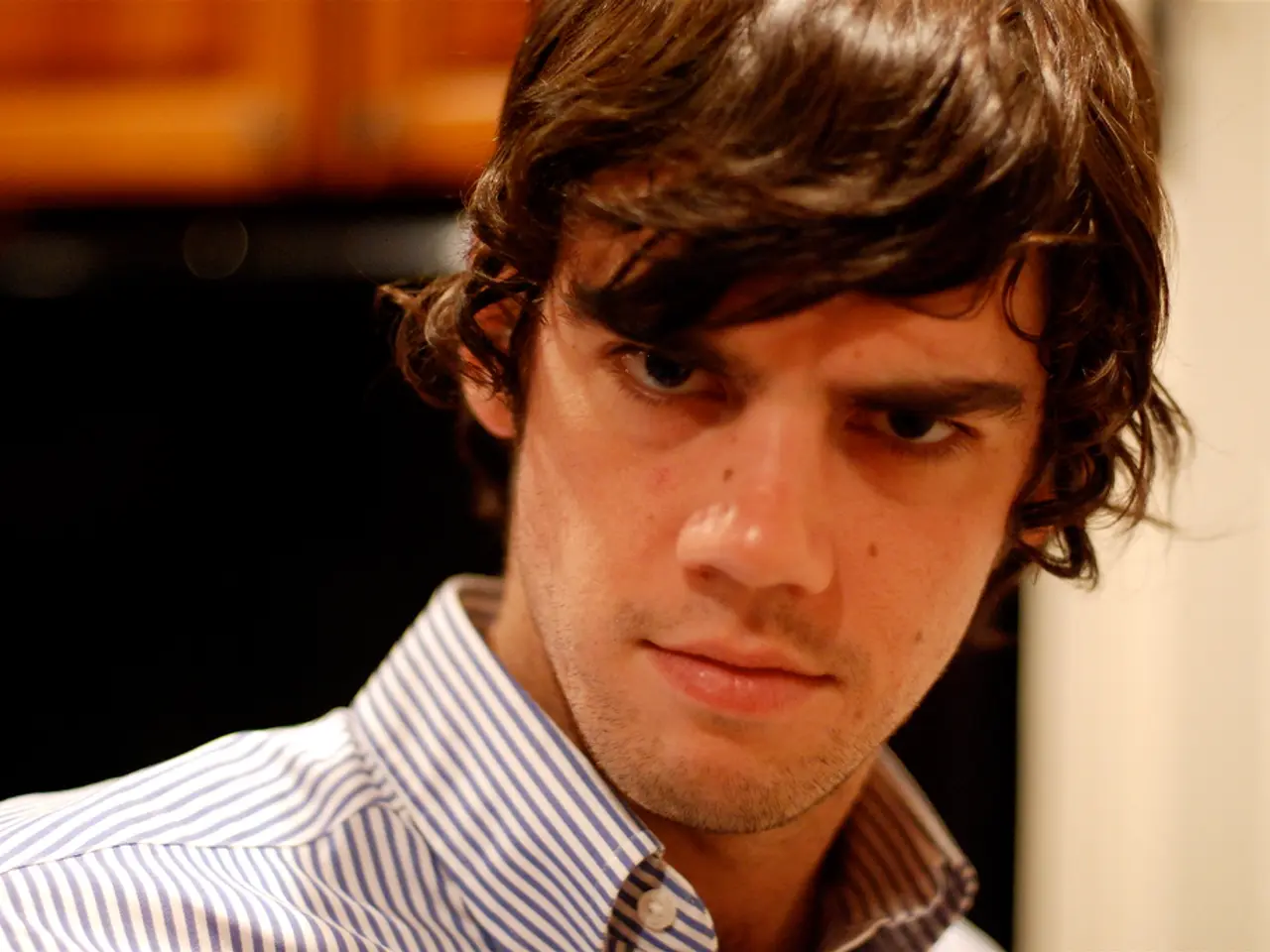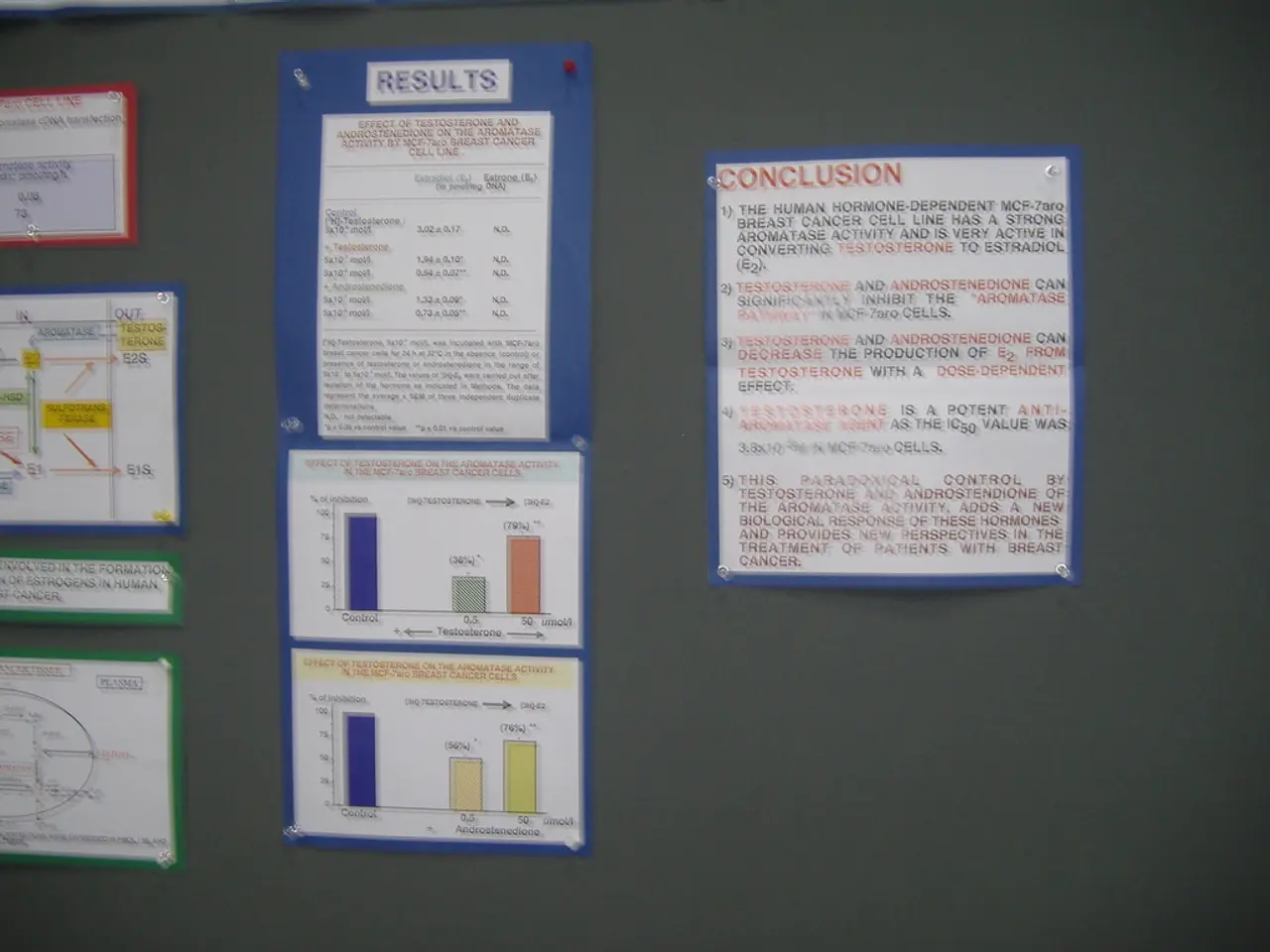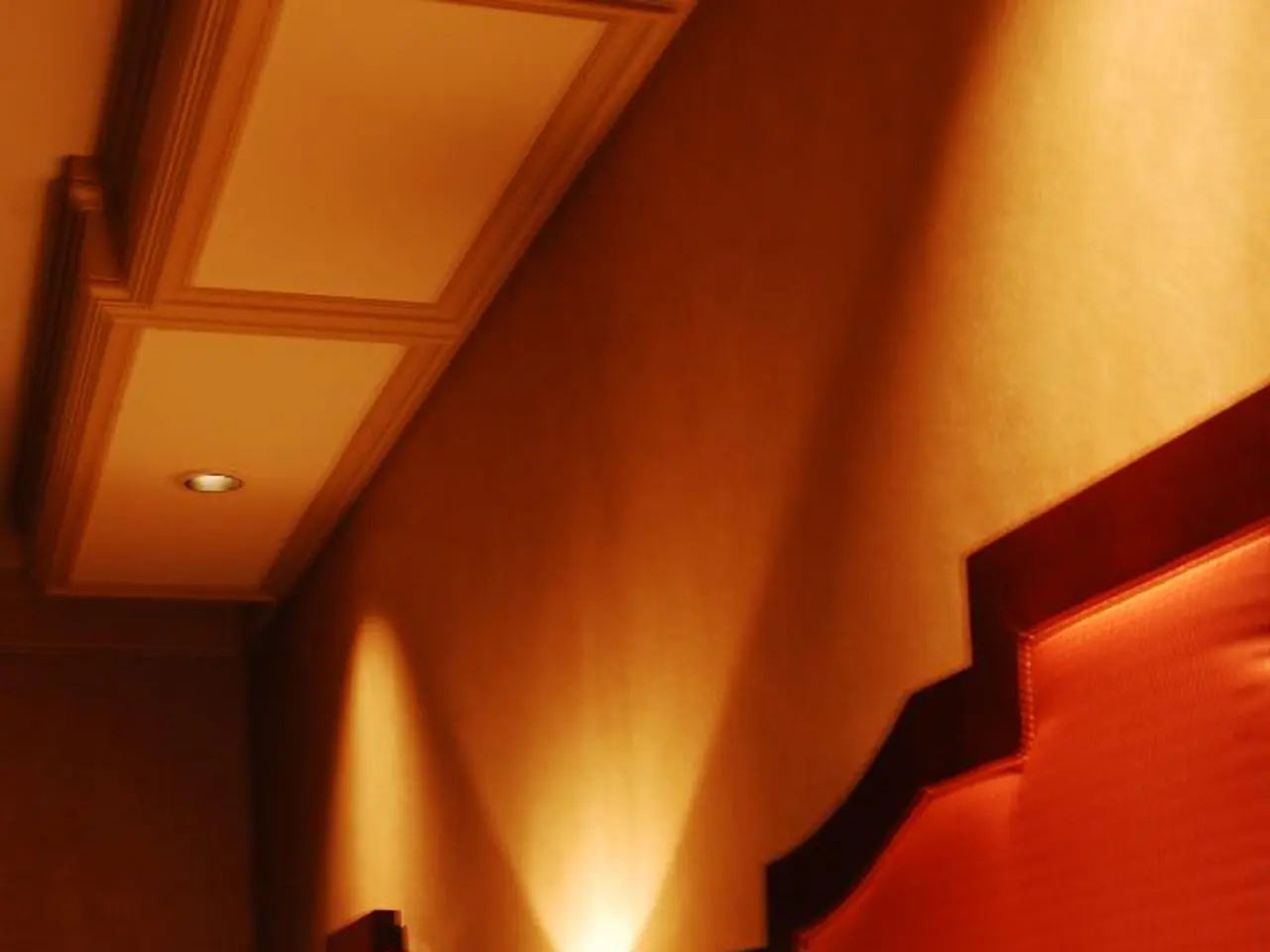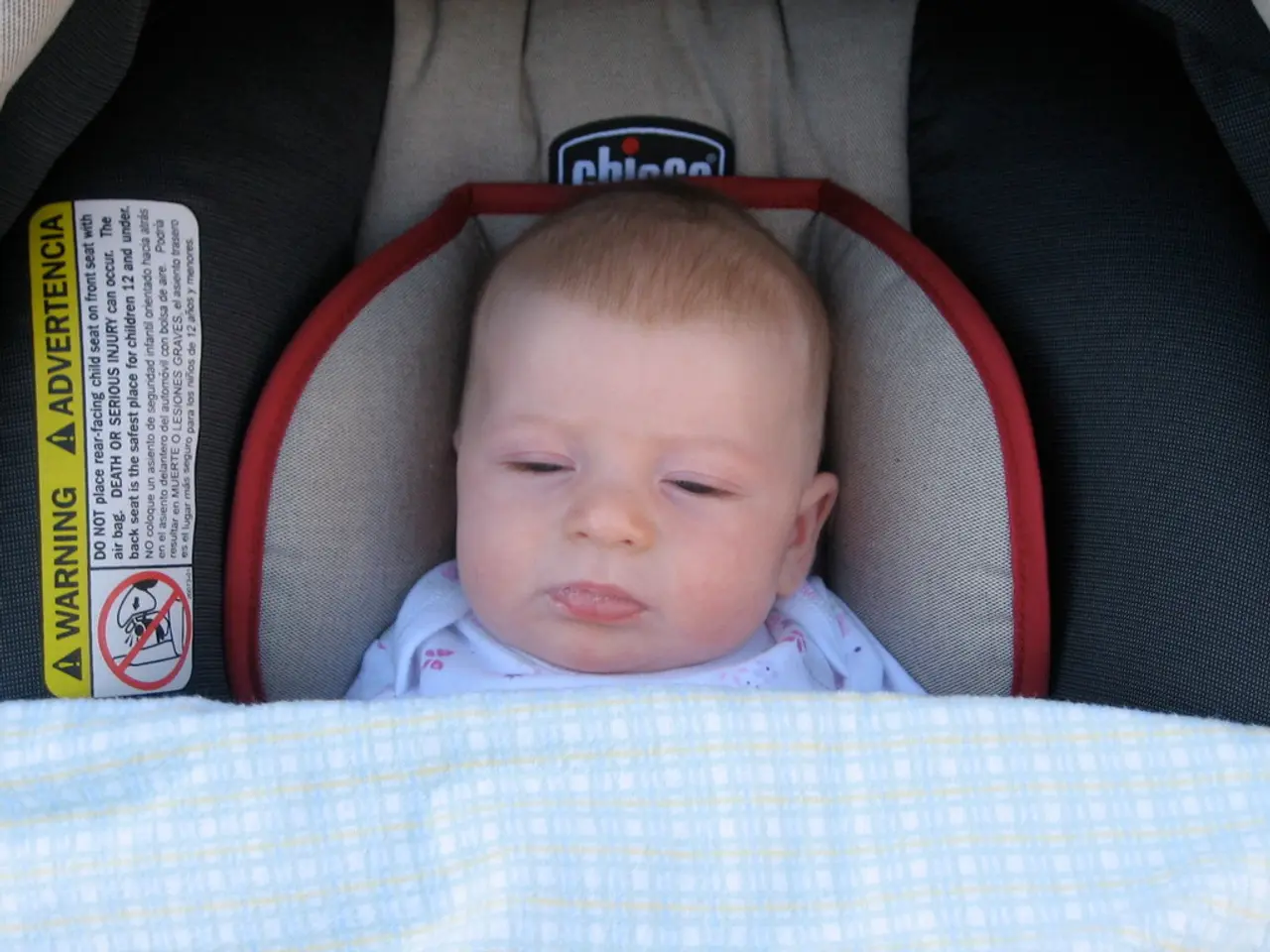Brain's habitual inclination towards upward gaze during intellectual contemplation.
Intriguing insights from the field of neuroscience suggest that our eye movements during communication may be more than just a casual gesture. When we find ourselves lost in thought, our eyes often drift upward, reflecting a natural, embodied cognitive strategy.
This strategy sees the brain engaging visual and executive systems to retrieve, visualize, and organize information for problem-solving. This close link between eye movements, mental imagery, memory, and focused cognitive effort is worth exploring.
When we are evaluating the logic of a question or remembering a recent experience, our eyes will look up to the right. This upward gaze is believed to reflect the brain's effort to seek information and visualize possible answers because it often corresponds to activating regions involved in visual processing, memory retrieval, and mental imagery.
The frontal cortex, which acts as a manager for attention and working memory, decides which memories or information deserve focus and influences visual areas to represent these prioritized items more vividly. This top-down control helps the brain allocate cognitive resources to visualize and analyze options.
Visualization activates similar brain regions as actual sensory or motor experiences, notably the visual cortex and motor cortex. Imagining performing a task or visualizing concepts recruits these areas, effectively “training” the brain by mentally simulating actions or scenarios and facilitating better planning or decision-making.
Studies show that during mental processes like daydreaming or memory replay, activity in the visual cortex and other related regions reflects reactivation of past experiences and shapes how future stimuli or responses are anticipated, underscoring visualization’s role in organizing thought.
Looking up aligns with accessing visual memory and imagery because the visual part of the brain is wired to respond to spatial and visual cues. So, physical eye movement upward often correlates with attempts to bring forth visual or spatial information during recall or creative thinking.
However, it's essential to clarify that this article does not provide information on how to know if a person is lying by their gestures or on improving our gesture and body language. Nor does it offer diagnoses or recommendations for treatment.
For those eager to delve deeper into social psychology, our dedicated category offers a wealth of informative articles. And, as always, readers are encouraged to consult a psychologist for their particular case.
Finally, it's worth noting that these eye movements during communication are almost unnoticed and last only thousandths of a second. So, while they offer fascinating insights into the workings of the human mind, they may not always be visible to the naked eye.
Looking at the sky when thinking helps concentration and thought process because there are fewer stimuli. This reduction in distractions allows the brain to focus more intently on the task at hand, aiding in the recall and visualization of information.
In conclusion, the next time you find yourself lost in thought, take a moment to look up. You might just be tapping into a powerful cognitive strategy, engaging your visual and executive systems to retrieve, visualize, and organize information for problem-solving.
- The link between eye movements, mental imagery, memory, and focused cognitive effort, as observed in social psychology, aligns with neuroscientific findings about our eye movements during communication.
- Our upward gaze when evaluating logic or recalling recent experiences reflects the brain's endeavor to seek information and visualize possible answers, a strategy that often involves activating regions associated with visual processing, memory retrieval, and mental imagery.
- Within the realm of health-and-wellness and mental-health, practicing lifestyle habits such as looking up when lost in thought can potentially tap into this powerful cognitive strategy, aiding in problem-solving and mental organization.




